Terra Mission
Looking for Terra Mission in your language? Terra mission is available in the following languages: Dutch, German, Greek, Italian, Portuguese and Spanish.
Plastic soup, air pollution, litter… Children are confronted every day with news about climate change and environmental problems. Awareness is the basis for change. In collaboration with Gynzy, Life Terra has developed a teaching package based on this vision, in which students learn, among other things, how they can actively contribute to a sustainable society. This unique curriculum Terra Mission is also available in Gynzy!
Get your students on the Terra Mission to become climate and environment experts: a new generation of Terra Heroes!
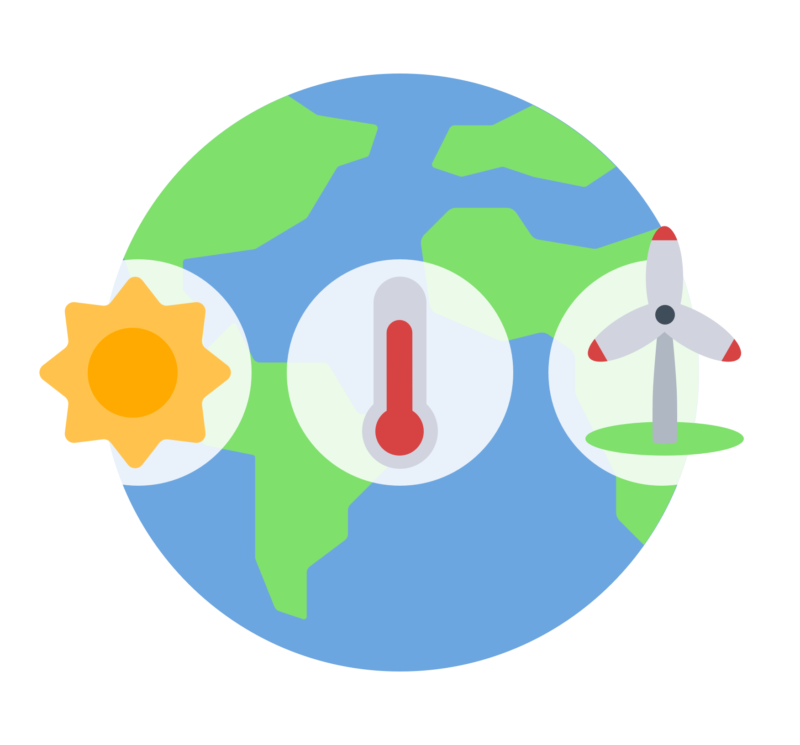
What makes this lesson series so unique?
Themes are all interconnected, but can also be taught separately
Each comprehensive theme can be adjusted to fit your educational goals and preferences
Variety of exercises both online and for outside of school
Room for your own input (sources, materials)
8 European countries are working together on this project!
Developed through the joint expertise of Gynzy, the University of Barcelona, and the European Schoolnet
The Educational Pack: Terra Mission
Terra Mission is an interactive educational course for ages 8-10 and 11-14 serving the purpose of Life Terra. The educational pack consists of an introduction lesson, 8 themes, and a closing lesson. All of the lesson materials from Gynzy are designed so that they can be easily adjusted to best match the unique (starting) level of your students.
Each theme (with the exception of the introduction and closing lessons) is made up of:
A lesson for the interactive whiteboard including information, assignments and videos
A teacher guide with an answer key
A worksheet
Given the comprehensive lesson materials in each theme, it is possible to split up each theme into different sections. For example, you can choose to work with the interactive whiteboard lesson, the worksheet, and the outdoor experience section at different times. You can also easily add or delete pages, so that the lessons better suit the level of your students. In this way you can determine what material works best for your students.
The 8 Themes
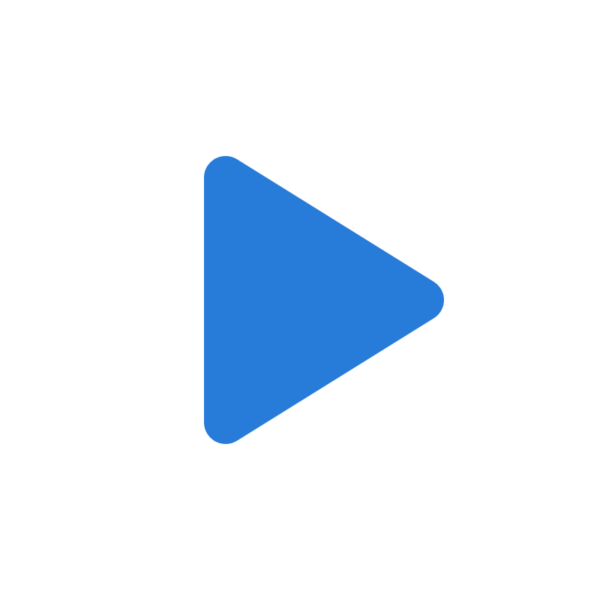
Introduction (ages 8-10)

Introduction (ages 11-14)
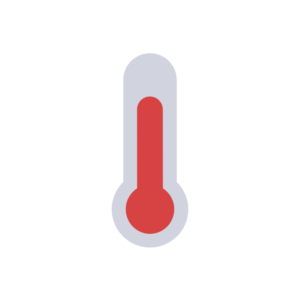
Climate change (ages 8-10)

Climate change (ages 11-14)
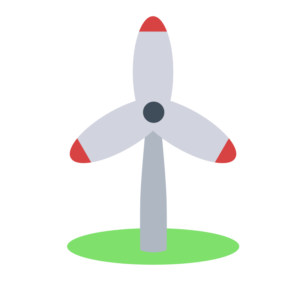
Energy (ages 8-10)

Energy (ages 11-14)
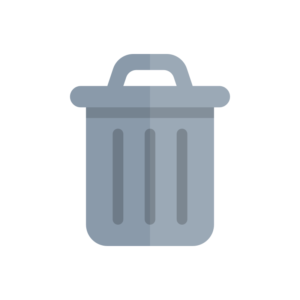
Waste (ages 8-10)

Waste (ages 11-14)
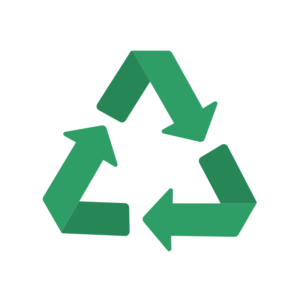
Circular economy (ages 8-10)

Circular economy (ages 11-14)
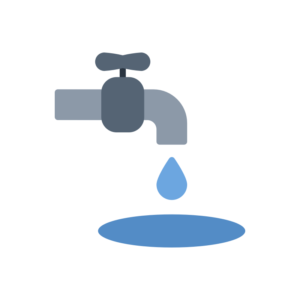
Water (ages 8-10)

Water (ages 11-14)
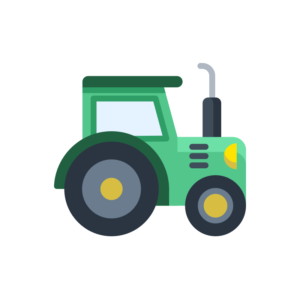
Agriculture (ages 8-10)

Agriculture (ages 11-14)
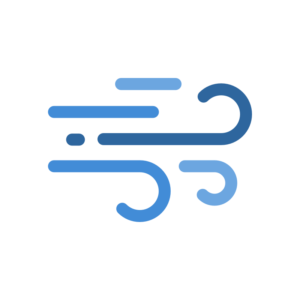
Air (ages 8-10)

Air (ages 11-14)
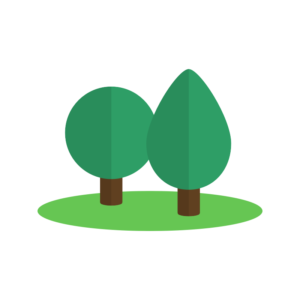
Trees (ages 8-10)

Trees (ages 11-14)
Introduction: During the introduction you activate prior knowledge on the subject and discuss the learning goals of the lesson.
Instruction: Within each theme, the instruction is made up of three parts:
Problem: The problem of the theme is discussed.
Solution: This is where possible solutions to the problem are suggested.
What can you do?: This is where (smaller) steps are discussed that the students can take to pitch in to help solve the problem.
Worksheet: The students can work on the worksheet individually. Some exercises can be done in pairs or groups.
Practical assignment: For the practical assignment (for example making a poster), the students can work in groups. Check the required materials before beginning. You can choose for the standard order, beginning this assignment after working on the worksheet, or students can start the practical assignment beforehand.
Closing: You may discuss the answers (which can be found in the answer key) together with your students. Depending on the exercises, you can have your students form pairs or groups and present their answers in front of the class. After this, you can discuss the learning goals set in the beginning of the lesson. If there is not enough time to finish the practical assignment during the lesson, make sure to explain to the students when they are expected to turn in or present their work.
Outdoor experience: The students can do the outdoor experience individually or in groups. An example of an outdoor experience is to record the weather for a week. Students can then present their findings at the end of the week. Supplemental materials and extra preparation may be necessary for some of these activities.
Extras: At the end of every lesson, supplemental materials are offered (for example extra information or videos). Besides this, there are fun activities such as hangman or a memory game!
Please note that no registration/signing in Gynzy’s platform is needed to access the educational pack. You will only need to sign in if you want to save the adjustments you have made on the whiteboard.
Interactions with Gynzy on the interactive whiteboard
Want to become more familiar with the interactive software that Gynzy has to offer? For an overview of the possibilities of the Gynzy board you can follow this link to take a quick tour.
Each lesson has a variety of interaction types that you might come across. You can click on squares, drag to reveal text, or drag answers to where they belong on the page.
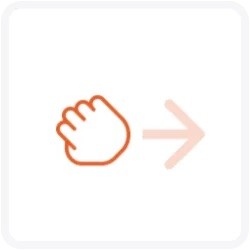
If you see this hand or an arrow, you can drag the object. Use this button to drag an answer to where it belongs or to reveal the correct answer. You will also see orange buttons with text or cards with images that can be dragged.

Click on the house to return to the table of contents of the lesson. From the table of contents, you can select any of the linked pages to quickly move to a specific part of the lesson.

After selecting the arrow in the menu bar, you can click on blurred out boxes to reveal the text or image hiding below.
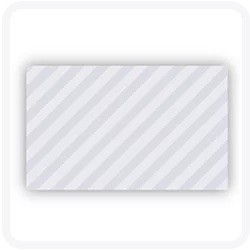
After selecting the arrow in the menu bar, you can drag these covers or click them to reveal the content underneath.
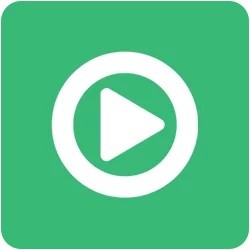
Click here to play the video. Some videos open in a new window.

Click on the double arrows in the top left corner to open the notepad. This often includes extra information.
Use the pencil tool to write on the board, for example to write down students’ answers.
We value your feedback!
Both you as a teacher and your students are invited to provide feedback about your experience implementing/taking the Terra Mission course. Your feedback will be processed by the Life Terra team to continuously improve our course and better understand your preferences and difficulties. These surveys can also be used by project beneficiaries to analyse the impact that our course has on the knowledge and attitudes of children from 8 to 14 years old towards sustainability and climate change.
Student survey
Before
Ages 8-10Ages 11-14
After
Ages 8-10Ages 11-14
Help us improve the lesson series! Do you have suggestions to improve the lessons or additions to share? Let us know using this form.
